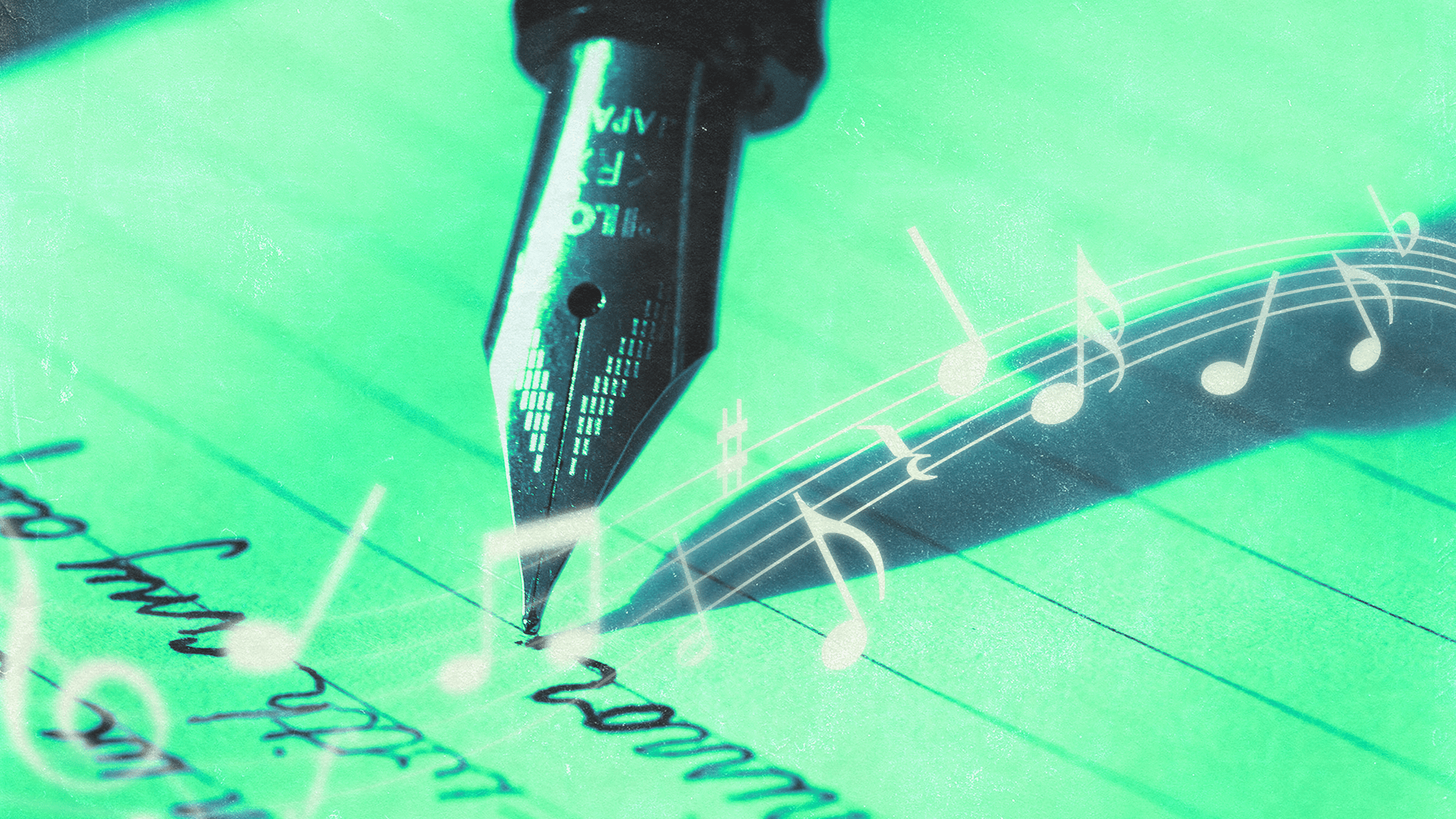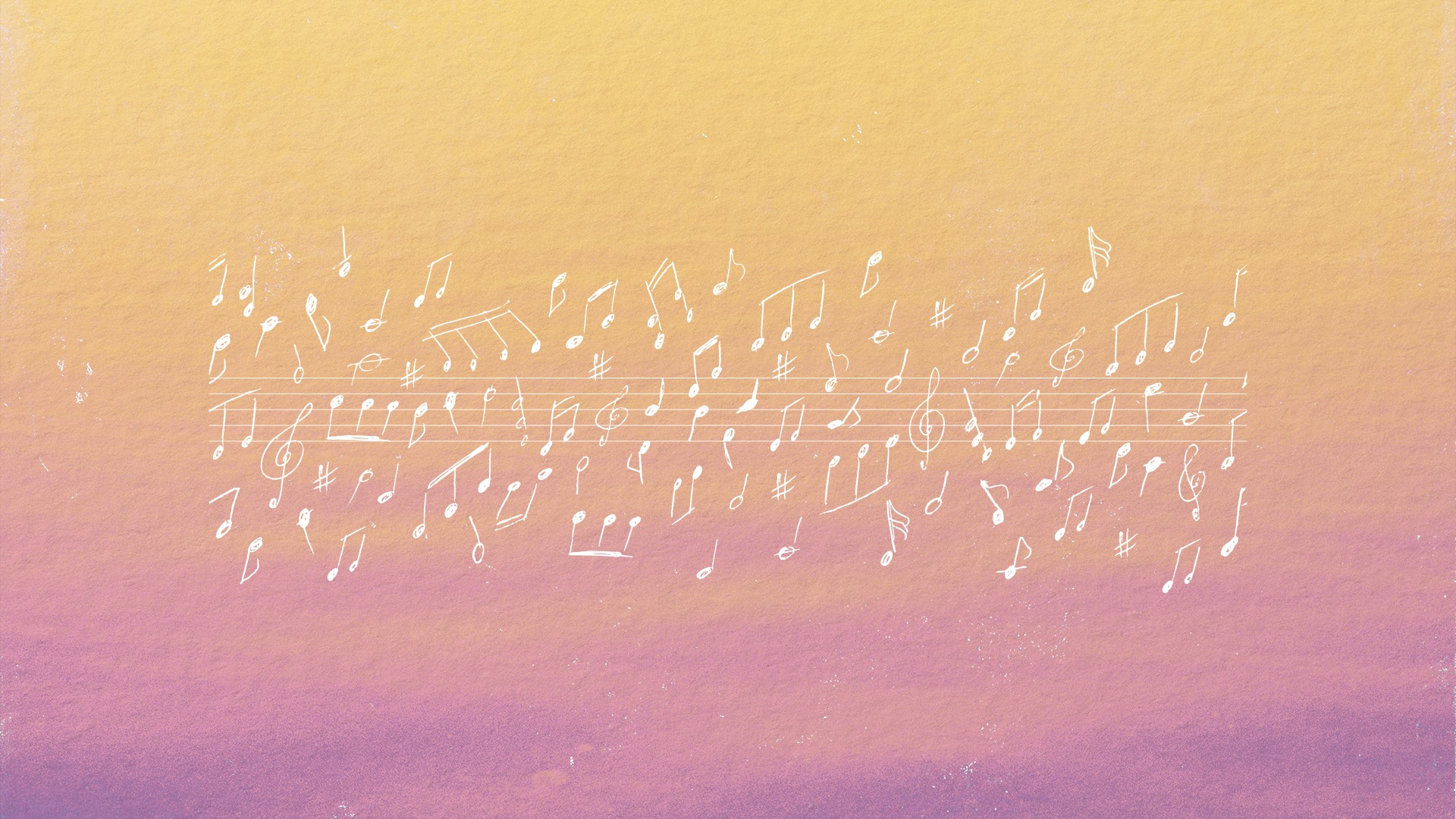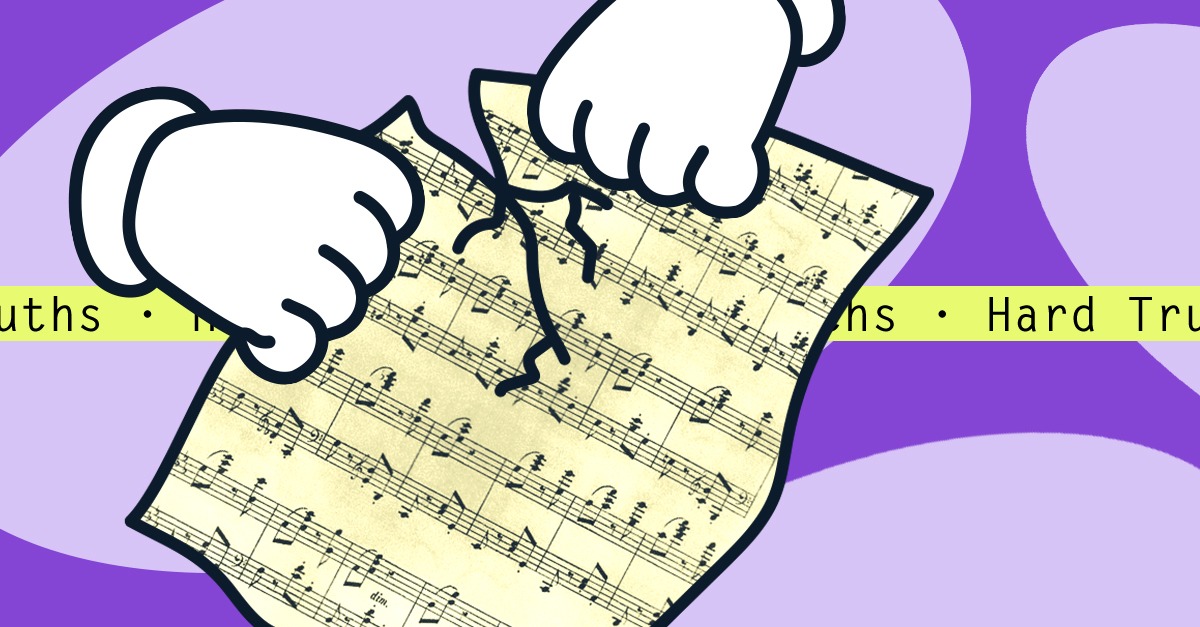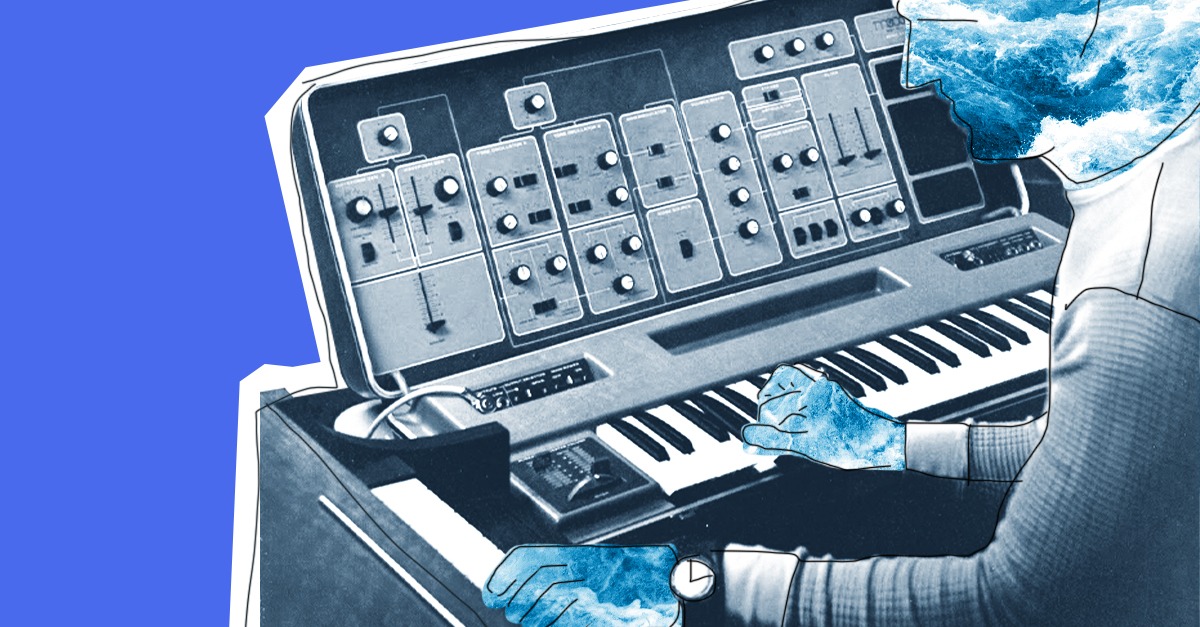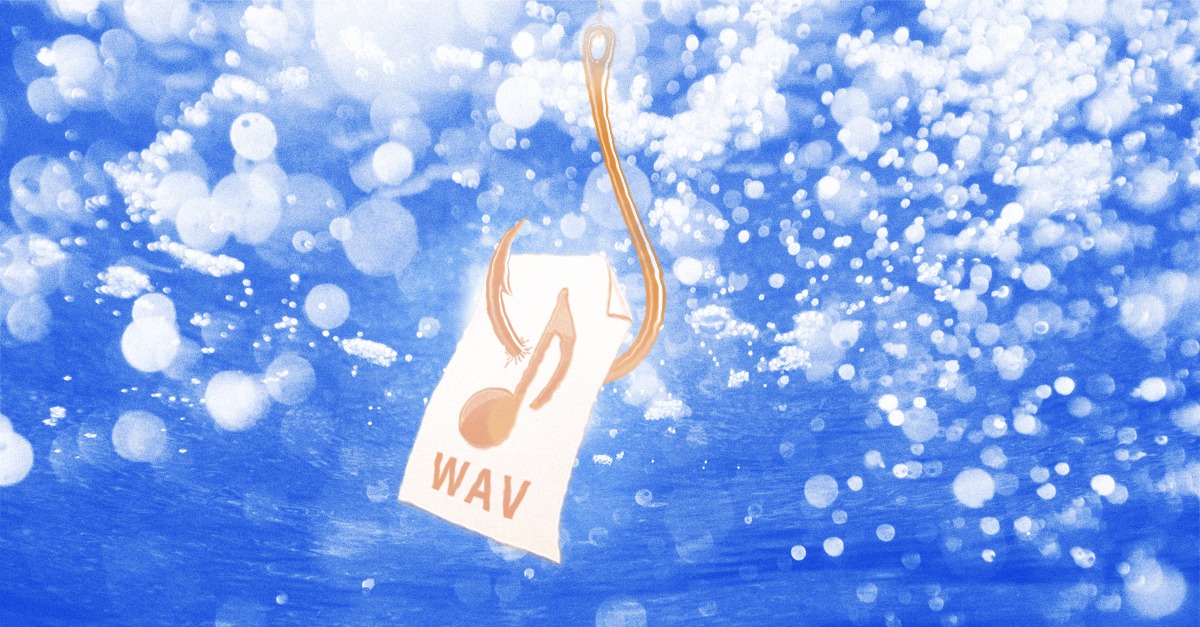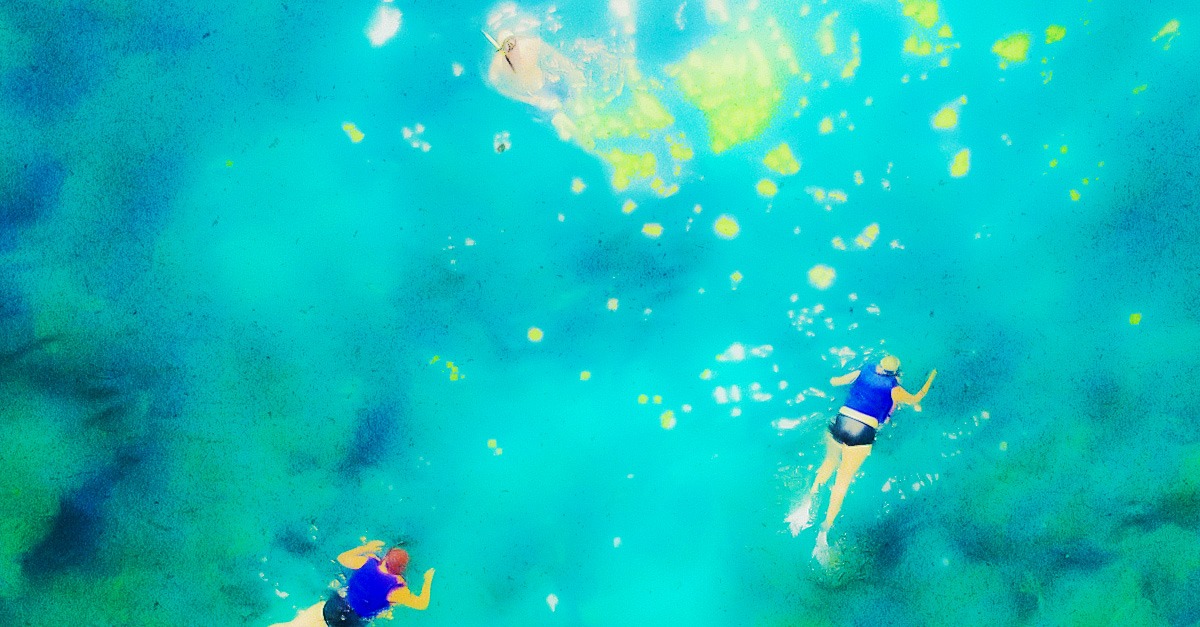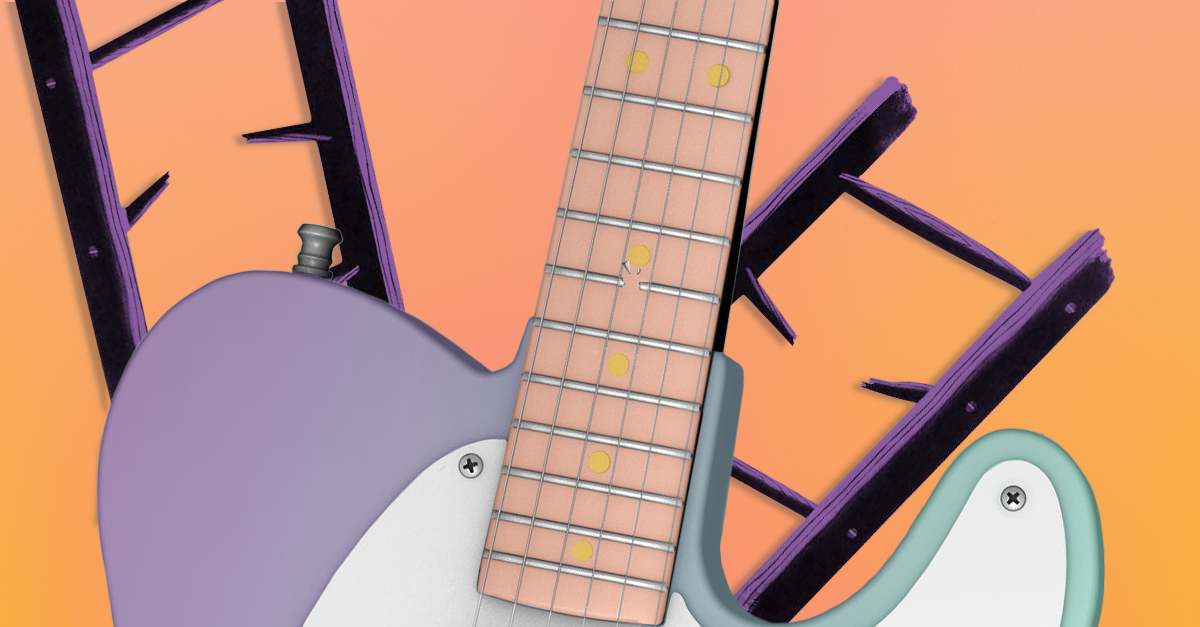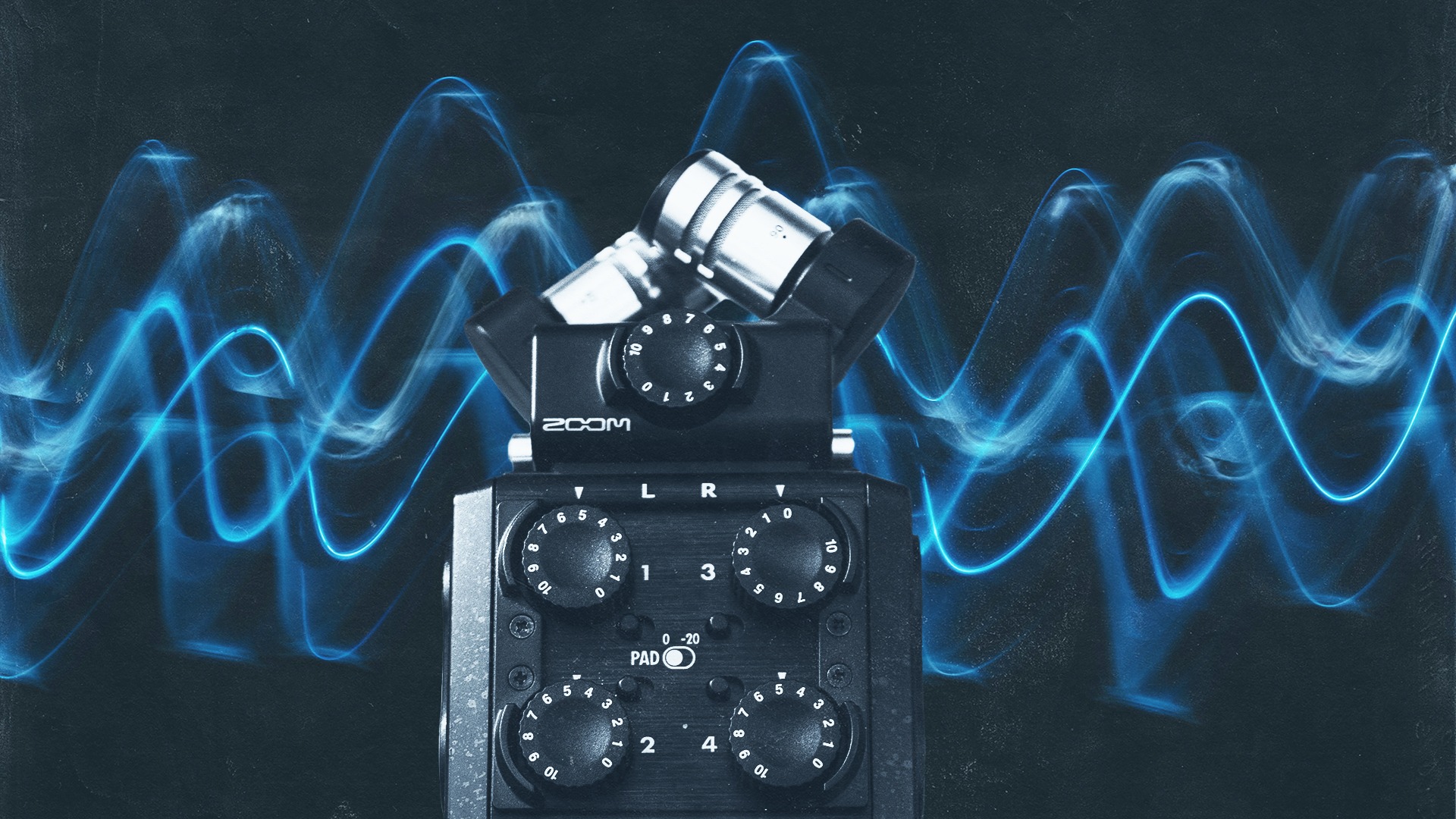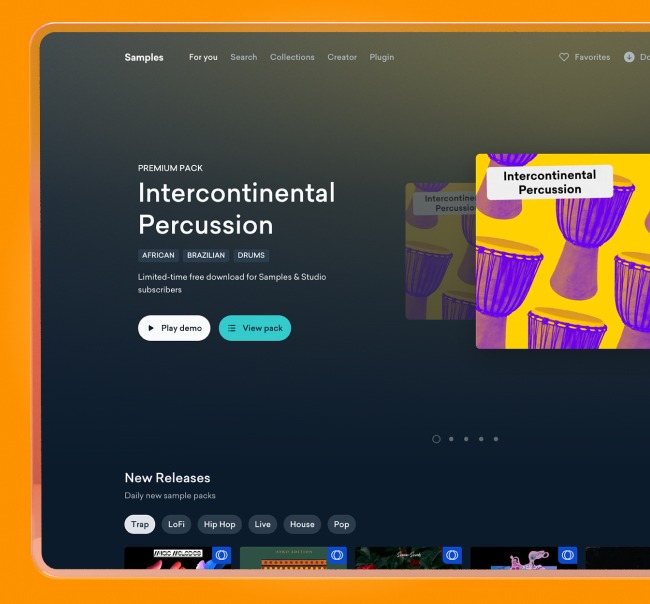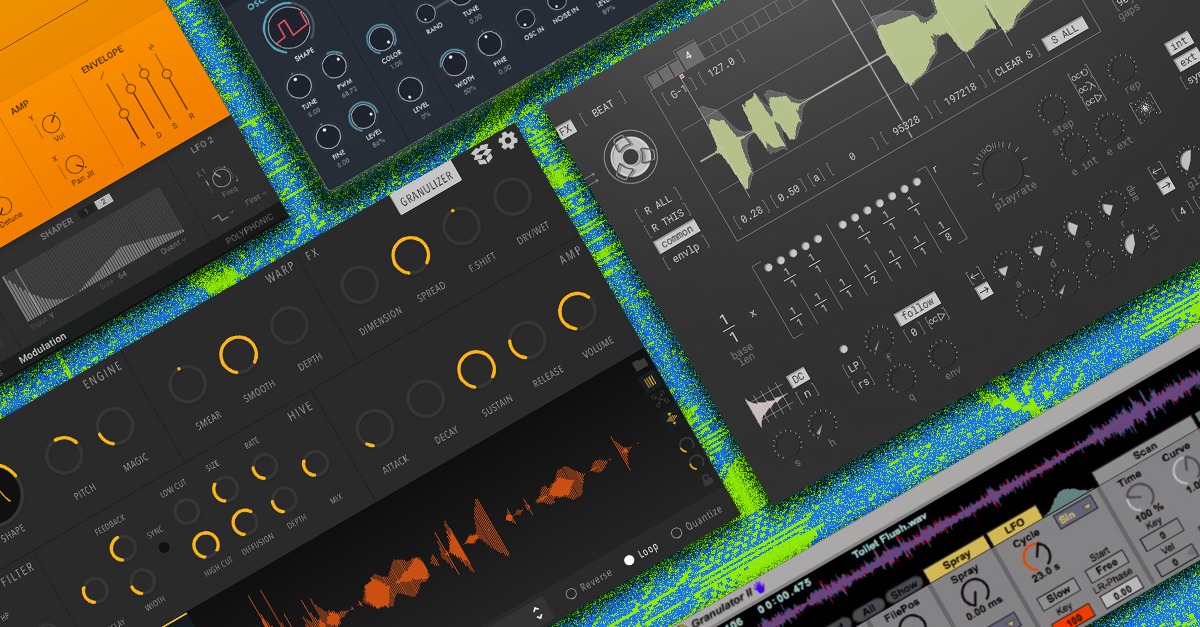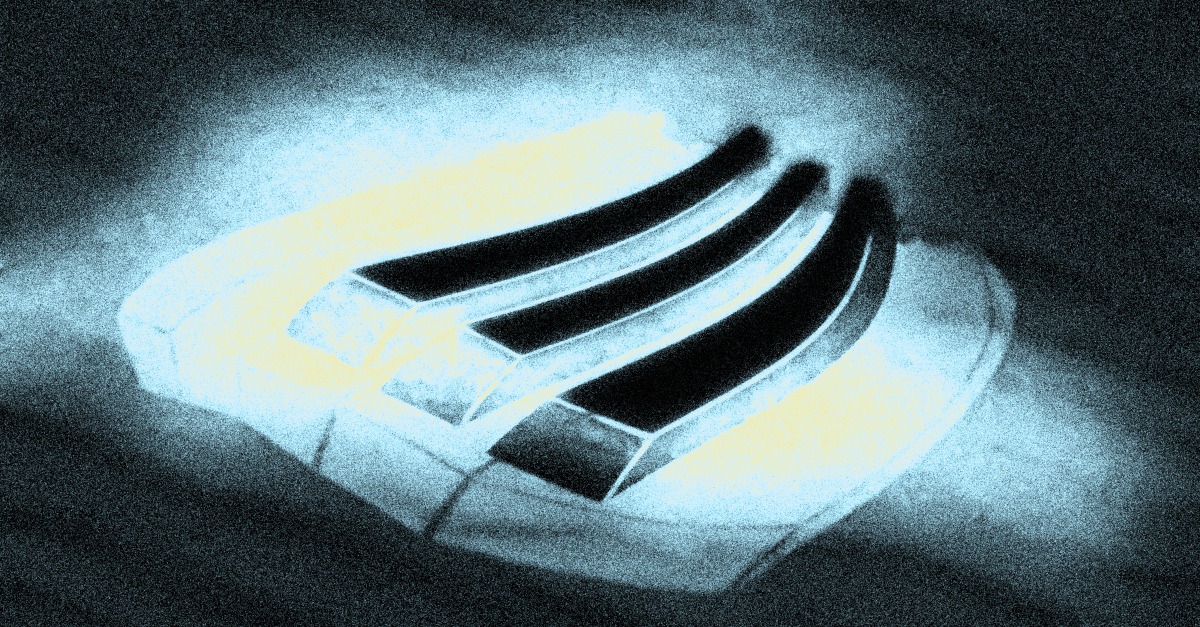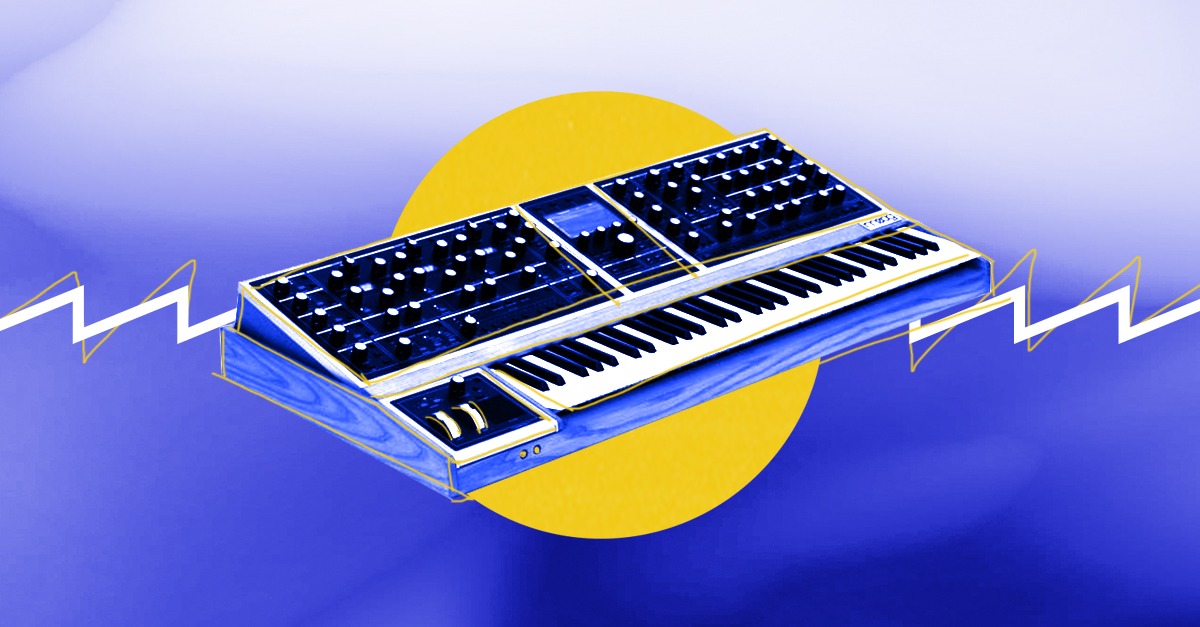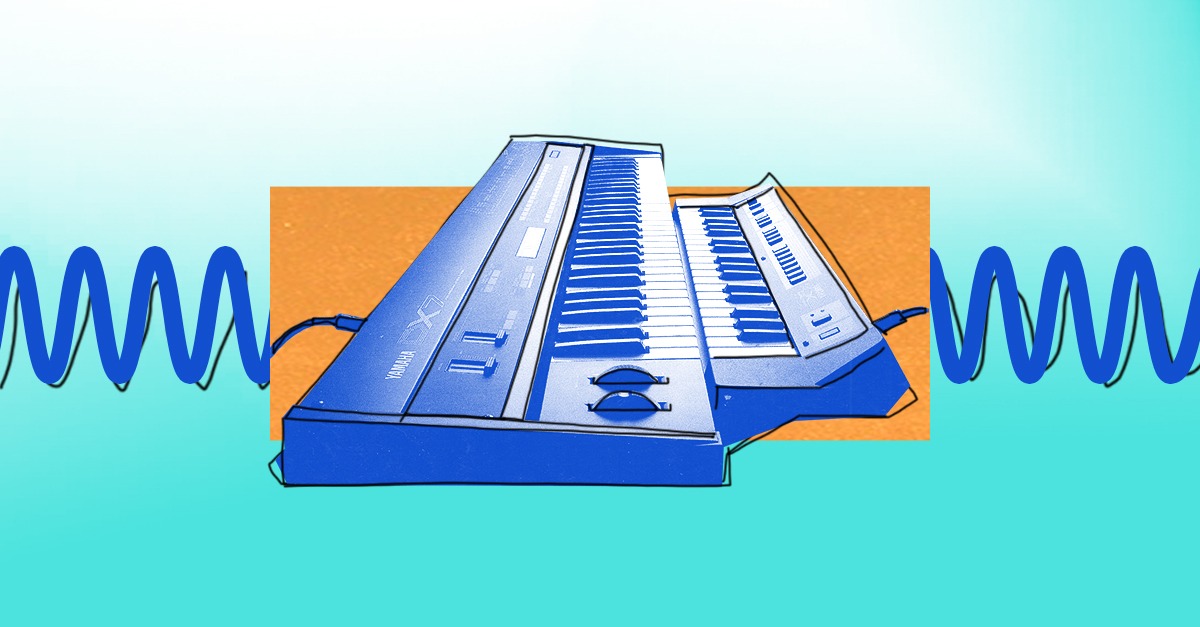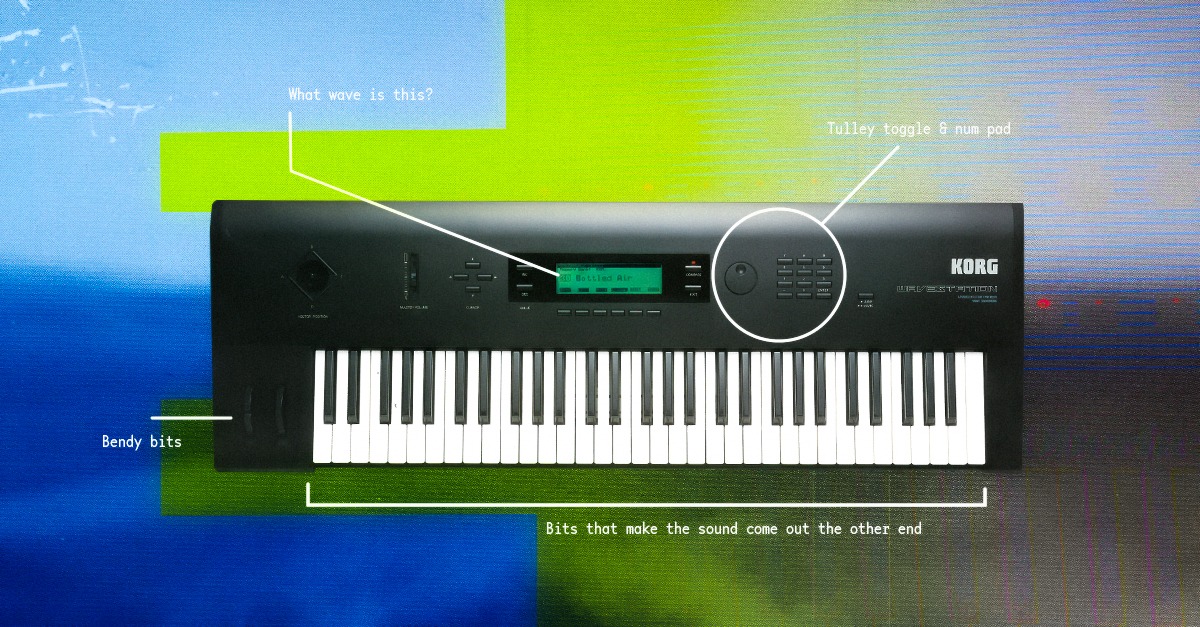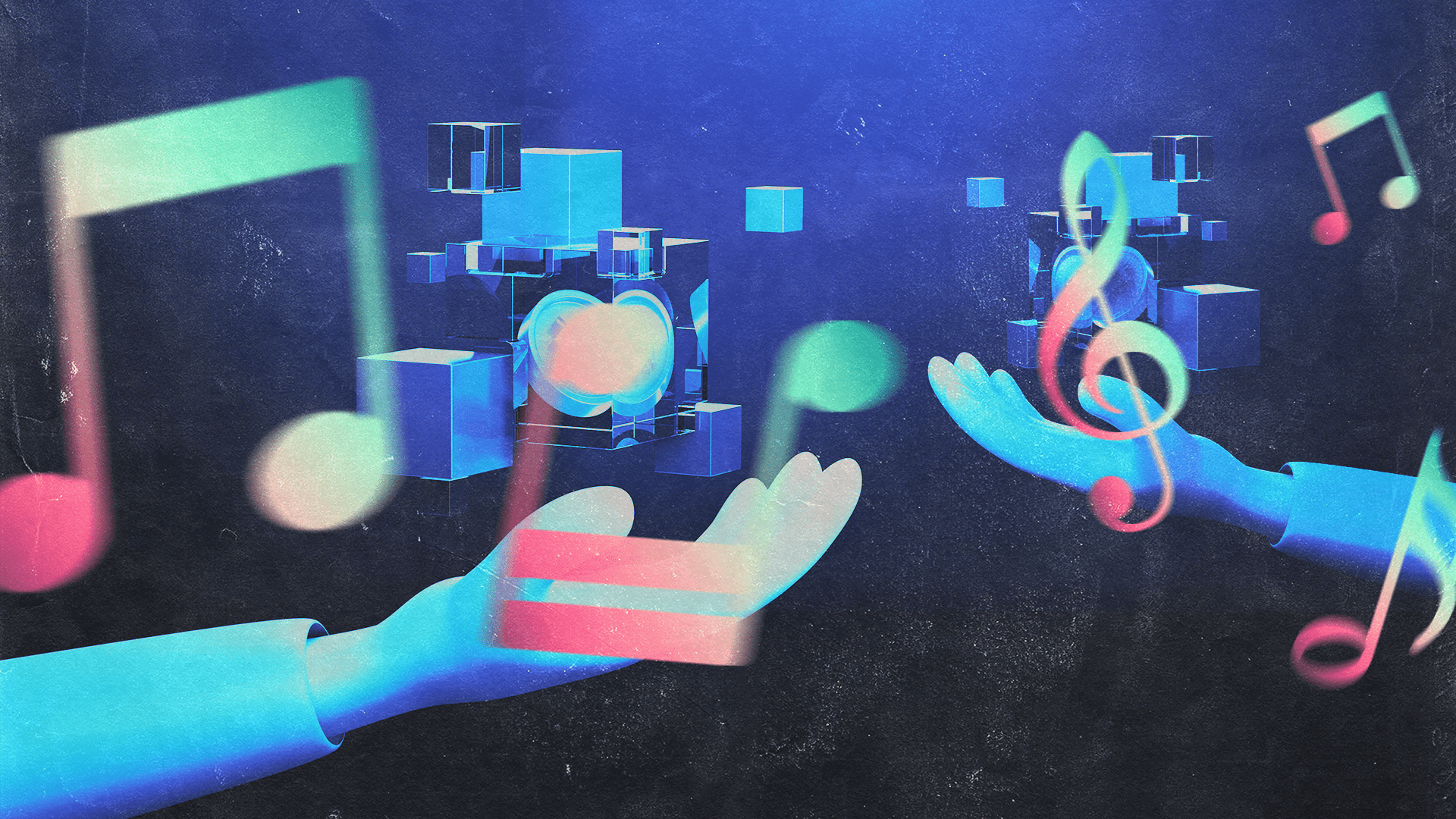
What are Soundscapes? 4 Inspiring Techniques for Ambient Sound
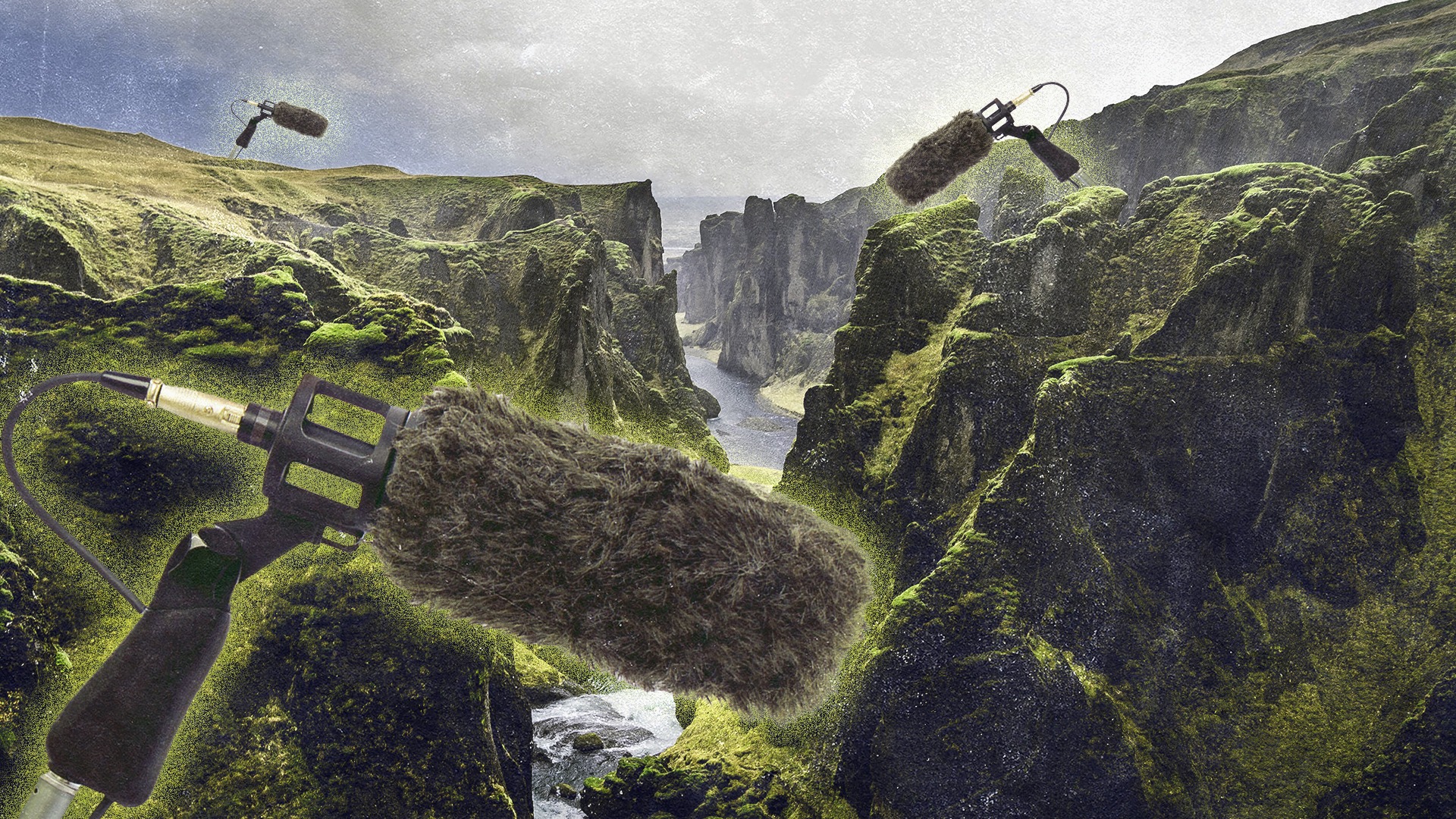
Soundscapes are the sonic environments you inhabit in the world or create with production tools.
It’s an intriguing term used to refer to many different phenomena in music and sound.
From ambient music to field recording to environmentalism, there’s a lot to unpack when it comes to the term soundscape.
In this article, I’ll explain the most common ways the term is used and suggest five ways you can use soundscape techniques in your own music.
Let’s get started.
What is a soundscape?
Soundscape is a term that associates sound and audio with environments, locations or physical settings.
It’s a combination of the words ‘sound’ and ‘landscape.’
Soundscape can refer to sonic elements that evoke a feeling of physical presence, or a recording of an actual location that focuses on its unique environmental sound.
Techniques associated with soundscapes are used in a variety of musical genres as well as composition, research, cinema and more.
Soundscape composition
In modern composition, soundscape refers to a tradition of practices focused on capturing or assembling the sounds of an environment.
Popularized by Canadian composer R. Murray Shafer, soundscape works focus on the unique sounds that can be found in different settings.
Soundscape artists often use field recording techniques to capture audio on location, but artificial soundscapes are also possible using digital tools.
This type of soundscape is frequently connected with environmentalism, since many natural soundscapes are at risk from human intervention.
Need a shot of inspiration?
See more posts to kickstart creativity.

Soundscape ecology
Speaking of the environment, soundscape recordings are also used as a research tool to study the natural world.
It turns out that acoustic measurement techniques like spectrograms can help identify patterns in wildlife behavior.
Researchers now use recording and analysis methods not unlike those used in music production to study the sounds of the ecosystem.
This approach is known as soundscape ecology.
Field recording: how to capture soundscapes
The two soundscape techniques I outlined above rely on making recordings of actual environments.
In some cases, these may be remote locations that are difficult to even get to—let alone record with studio equipment.
Field recording is the practice of using mobile audio equipment to capture sound on the go.
It can be as simple as recording with an app on your phone or as in-depth as an entire location audio system.
The practice can be part of many different workflows, from the soundscape artists I mentioned to creative producers looking for new material for sampling.
In fact, some of the most interesting sounds you could imagine occur naturally, whether they take place in the natural world or the built environment.
If you’re looking to take field recording seriously, you may decide to invest in a dedicated field recorder device.
Check out our roundup to the best field recorders to learn more!
Ambient music and soundscapes
Many ambient artists consider soundscapes to be an important concept in the work they create.
In these genres, the music may not have a defined melody or song structure.
Instead, ambient soundscapes focus on synthetic sounds that could be part of an imaginary environment.
Music in this style may also include field recordings of acoustic spaces in combination with electronic elements.
There are almost too many methods to mention when it comes to creative soundscapes in ambient music.
Between synthesis, sampling, effects and sound design there are a huge range of tools available to artists working in this style—more on this later!
Cinematic soundscapes and foley art

Anthony makes an ambient piece for licensing.
The term soundscape is loosely related to the techniques used to bring cinematic environments to life on screen.
In addition to the dialogue tracks, music cues and sound effects, there’s a discipline in post-production audio associated with making a scene sound realistic to the audience.
This often includes some ambient noise meant to simulate room sound, but also sound for specific events and action such as punches, footsteps and other important sounds.
Called foley, this practice is considered an art form for how it contributes to the realism of a scene.
Though not traditionally associated with academic soundscape art, cinema sound often has the related goal of giving listeners a feeling of presence within an existing environment.
How to create soundscapes
If you’re looking to create soundscapes in your own production work, there are plenty of different methods to try.
I’ll outline four techniques you can use to immerse your listeners in your sonic environment.
1. Record the natural world
The best way to get authentic soundscape audio is to record the world around you. Luckily, basic field recording is easily accessible to today’s producers.
Do you have a mobile phone? Then you have a functional field recording device!
Of course, those with a more serious practice will look to dedicated hardware field recorders.
But as the saying goes, the best camera is the one you have on you. If you’re looking to get started with traditional soundscape techniques, recording your surroundings with your phone is a great way to start.
Be aware when interesting sounds cross your path and make an effort to capture environments you find unique.
Even if you’re just recording ambient audio to use in music production, a satisfying soundscape is one of the best to use as a raw material.
2. Try ambient plugins and effects
If you’re looking to create a synthetic soundscape, you’ll have to know your way around effects plugins.
I’m talking about the ambient delays, reverbs, filters and modulations that can turn simple source material into grand sonic vistas.
These plugin types come in many forms, but some are specifically designed for lush, otherworldly ambience.
Here are six plugin recommendations for ambient, delay, reverb and more:
- Baby Audio Crystalline
- Zynaptiq Adaptiverb
- Valhalla Shimmer
- Valhalla Supermassive
- Fabfilter Timeless 3
- Eventide Tricerachorus
The sky’s the limit when it comes to using effects for ambient music. Unlike in traditional music production, there’s no need to make sure the sound’s original characteristics aren’t obscured by the effects.
In fact, that may even be the point! Don’t be afraid to experiment with high long decay times, high feedback and over-the-top wet/dry blend—it’s all part of the fun.
3. Download SFX Samples
Need ambient sounds fast? The quickest way might be simply to download them from a samples marketplace.
Libraries like LANDR Samples contain just about any sound you could ever need.
From natural soundscapes like rain, wind or snow to the humming of futuristic machines or the chatter of a busy cafe, you’ll find something that inspires you.
You can even assemble your own complex sound environments from loops and one-shots to create the ultimate custom soundscape.
4. Design your own sounds with synthesis
Finally, for the adventurous out there, you can create synthetic soundscapes from scratch using synthesizer plugins.
With this method you’re in complete control of every aspect of sound design.
Whether you prefer the retro-futuristic wash of analog polysynths or the sci-fi textures of granular synthesis or FM, there’s plenty to get inspired by when you build your own sounds.
However, understanding synthesis is pretty important if you plan to build your own sounds from scratch.
It’s a deep subject, but our series of guides will help you master the core synthesis types and techniques.
Check them out here!
Synthesis building blocks
The essentials of each type explained.
Alien soundscapes
The idea of a landscape of sound is captivating to artists of all kinds.
Whether you’re inspired by field recording, synthesis, samples or sound effects, there’s a lot here to consider for creativity.
If you’ve made it through this article you’ll have a great start when it comes to soundscapes.
Gear guides, tips, tutorials, inspiration and more—delivered weekly.
Keep up with the LANDR Blog.

